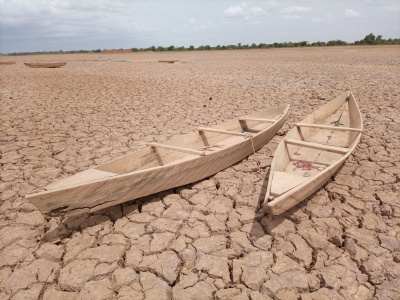This briefing note aims to contribute to the ongoing efforts of the European Union to improve its division of labour in the area of development cooperation, with special reference to a Code of Conduct that was agreed on this topic in May 2007.
Today’s development cooperation shows an ever expanding and diversifying picture of development donors and approaches, a situation that some describe as being out of control. The average developing country today has to deal with 30 donors, compared to only 12 in the 1960s. For governments of developing countries, managing these aid relationships is challenging and diverts time, energy and resources away from their core activities. For example, Vietnam alone received 791 missions in 2005, more than 3 per working day.1 About 2,400 reports need to be submitted annually to donors by the Tanzanian government.2
Such figures illustrate how uncoordinated development cooperation negatively affects the effectiveness and ultimate impact in terms of economic development and poverty reduction, which is sought by all involved partners.
Whither EC Aid?’ is an independent, joint ActionAid- ECDPM project that aims to contribute to a broader based common understanding of the characteristics, added value and impact of EC development cooperation. After the finalisation of an initial discussion note, the project has entered a consultation phase to stimulate further inputs from stakeholders. Three briefing notes are being issued reflecting the main topics which have been raised in the workshop discussions, these being (1) budget support; (2) the treaty of Lisbon; and (3) division of labour. The briefing notes aim to raise awareness and inspire further analysis on the respective topics



